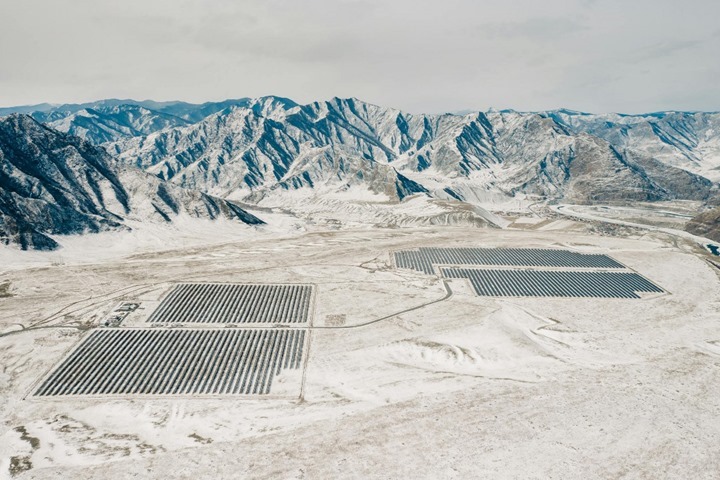Today, the international environmental coalition “Rivers without Boundaries” presented its report (in English and Russian) analyzing alternative options for completing the Rogun HPP project in Tajikistan. This report was previously sent to the members of the World Bank’s Board of Directors. This topic was featured on the “rivers.help” site.
According to the authors of the report, making a responsible decision on the optimal option for completing the Rogun HPP on the Vakhsh River is impossible without comparing alternative energy development paths for Tajikistan under current conditions and their associated impacts on nature and society. Without such an analysis, it will be impossible to choose the most effective option to complete the project, which would minimize the risks of negative consequences and maximize the returns on the massive $6.4 billion investment required to construct a 335-meter-high dam.
The report argues that even if the decision is made to fully complete the Rogun HPP with the construction of the world’s tallest dam—currently the option being considered by the World Bank’s Board of Directors—the pressing issues the massive hydroelectric plant is intended to address will remain unresolved. In particular, power outages in Tajikistan will continue, at least until 2036. Building a reservoir of maximum size would greatly increase the risks of negative impacts downstream: on the UNESCO World Heritage Site “Tigrovaya Balka Reserve’s Tugai Forests,” the last populations of critically endangered shovelnose sturgeons in the Vakhsh, as well as the fertile plains along the rivers where at least 7 million people in Tajikistan, Uzbekistan, Turkmenistan, and Afghanistan depend entirely on irrigated agriculture for their livelihoods.
The report convincingly demonstrates that even in today’s realities, such a negative scenario can still be avoided. The same amount of funding, if spent on constructing a lower-height Rogun HPP dam and using the resulting savings to develop solar power plants integrated into a unified energy complex, could significantly reduce the economic, social, and humanitarian damages associated with the Rogun project. For instance, reducing the design height of the Rogun HPP dam by 70 meters would prevent the resettlement of approximately 40,000 local residents, meaning that forced relocation would affect only one-third of the number of people currently planned to be relocated for the construction of the maximum-height dam.
Preliminary estimates by the “Rivers without Boundaries” coalition clearly show that a combination of large-scale solar power development in Tajikistan and completing a scaled-down Rogun HPP could fully cover the country’s winter energy deficit by 2030–2031. Furthermore, diversifying energy sources within Tajikistan’s integrated energy system would significantly reduce risks to the energy sector and economy, increasing resilience to climate change.

